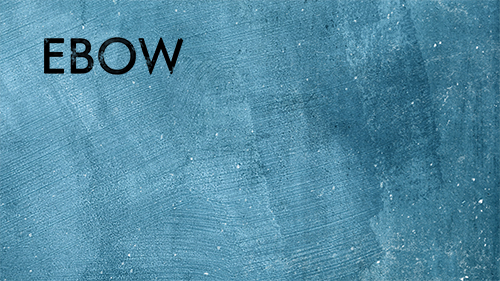Signal Chain
Signal chain – is a combination of effects between the output of your guitar and the output of your amp. Every effect is designed to alter tone characteristics: frequencies, phase, dynamics and time. The order of effects does matter. Any order / combination of effects is possible – there is no “right” combination – any “right” combination it the tone you are satisfied with.
Nevertheless there are some classic effects sequences that will work fine in most situations.
The principle scheme looks like that: pre-gain effects – gain effects – post-gain effects.

If you make use of your amps’ effects loop then place pre-gain and gain effects prior to preamp and use effects loop to send the signal from the preamp to post-gain pedals and then back to the amplification stage.

Pre-gain, gain and post-gain effects include:

The volume pedal can be put in different places for different functionality. Normally you will place the compressor first. The volume pedal might be placed after the compressor / distortion / modulation.

When you use effects loop of you amp mind that if you place the volume pedal before the preamp it will affect the way the preamp responses to the signal. What we love about tube combos is their response to our playing dynamics – the volume pedal will act in a similar way. Put the volume pedal after the preamp stage if you want to deal with a signal that is already shaped and responds only to your picking, but not the volume pedal.


The modulation effects can be used both before and after the preamp. This will give you a different sound – try both variants to choose which one you like the most.
Pitch-shifters and Harmonizers are always used in the beginning of the chain (after the compression). The reason is that these effects need a clean tone to track / change guitar pitch correctly.
When we talk about the effects placed “in parallel” most often we talk about “send-return loop” of a combo / amp head. But there is another way to order your effects in chain which is also called “in parallel”. This way implies splitting the signal in two or even more individual lines to process them separately and combine somewhere at the final stage. This is a far more advanced and technically complicated approach. Maybe I will not unveil a secret to you, but this is the way many pro artists record their guitars in studio. Read more: "In Parallel Connection"










